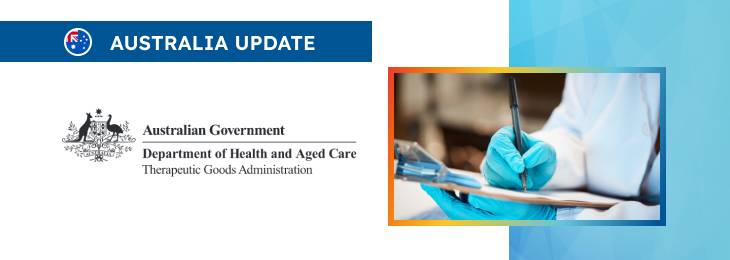The article briefly overviews the processes and procedures associated with applying for conformity assessment certification.

Table of content
The Therapeutic Goods Administration (TGA), an Australian regulating authority in healthcare products, has published guidelines for conformity assessment certification applications.
The respective notice provides an overview of the applicable regulatory requirements and additional clarifications and recommendations to be considered by medical device manufacturers and other parties involved to ensure compliance with them.
At the same time, provisions of the guidance are non-binding in their legal nature, nor are they intended to introduce new rules or impose new obligations.
Moreover, the authority reserves the right to change the guidance and recommendations provided therein, should such changes be reasonably necessary to reflect corresponding amendments to the underlying legislation.
Introduction to Conformity Assessment Certification
In December 2020, the TGA unveiled the latest Application Instructions for Conformity Assessment Certification version.
The document provides manufacturers and authorized representatives comprehensive guidance on obtaining TGA Conformity Assessment Certification for medical devices.
This certification is critical for ensuring that medical devices meet the relevant standards set forth by the Australian Regulatory Guidelines for Medical Devices (ARGMD).
The instructions are designed to be used with the ARGMD, accessible via the TGA website.
They are intended to support high safety and efficacy standards in medical devices available in Australia.

TGA Identifiers: Overview
According to the document, specific TGA identifiers are crucial to the conformity assessment application process, which serves various functions from application tracking to certificate versioning. These identifiers include:
- Submission ID: The primary identifier for tracking the application through the assessment process, crucial for all correspondence with the TGA.
- Application Identifier: A unique electronic application code generated upon saving a draft application.
- Record Number/File Number: Used to track the files and reports associated with an application or manufacturer.
- Certificate Number: Identifies the manufacturer’s certificate(s), with distinct prefixes indicating the type of certificate.
- Version Number: Indicates the version of the certificate, reflecting recertifications and changes post-recertification.
- Manufacturer Root File Number: The file identifier within the TGA storing the manufacturer’s certificates.
These identifiers ensure a streamlined and organized process, enabling efficient management and referencing of applications and associated documentation.
Application Steps
The document further describes the application process for conformity assessment certification, ensuring clarity and ease of understanding for applicants.
- Step 1: Establishing an e-Business Account. Before any application can be made, manufacturers or their representatives must create an e-Business (eBS) account with the TGA. This account is a gateway to TGA Online Services, offering an integrated platform for managing application activities.
- Step 2: Lodging an Application. Applications must be submitted through the TGA Business Services Portal. This step involves detailed data entry regarding the manufacturer and the medical devices in question.
- Step 3: Payment of Application Fee. Following the application submission, an application fee must be paid online. Non-payment results in the application being deemed ineffective and subsequently lapsing.
- Step 4: Submission of Supporting Documentation. Once the application fee is paid, the TGA assigns a Submission ID to the application.
At this stage, the TGA may request additional supporting documentation, which must be provided in the specified format and timeframe.
What Happens After Submission
As further explained by the authority, once the application is submitted, the TGA undertakes a pre-assessment to check for completeness and sufficiency of information.
This may lead to an assessment plan and determining necessary assessment fees. The authority also reserves the right to request additional information or documentation to be provided by the applicant, should this be needed, to ensure that all applications meet the required standards.
Specific Aspects
Manufacturers must also inform the TGA of any significant product or quality management system changes. This ensures ongoing compliance and maintains the integrity of the certification.
According to the guidance, recertification is a crucial process that manufacturers must initiate at least six months before the expiry of their current certification. While the TGA provides reminders, the responsibility to apply promptly lies with the manufacturer.
The document also emphasizes the importance of feedback for continuous improvement and provides detailed information on how to seek further guidance or provide feedback on the process.
Conclusion
The present document developed by the TGA represents a comprehensive guide designed to navigate the complexities of obtaining and maintaining certification for medical devices. By following the recommendations provided therein, medical device manufacturers can ensure their products meet the applicable safety and efficacy standards.
How Can RegDesk Help?
RegDesk is a holistic Regulatory Information Management System that provides medical device and pharma companies with regulatory intelligence for over 120 markets worldwide. It can help you prepare and publish global applications, manage standards, run change assessments, and obtain real-time alerts on regulatory changes through a centralized platform. Our clients also have access to our network of over 4000 compliance experts worldwide to obtain verification on critical questions. Global expansion has never been this simple.

